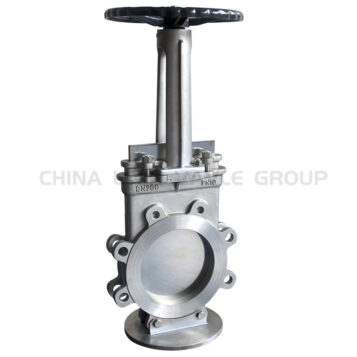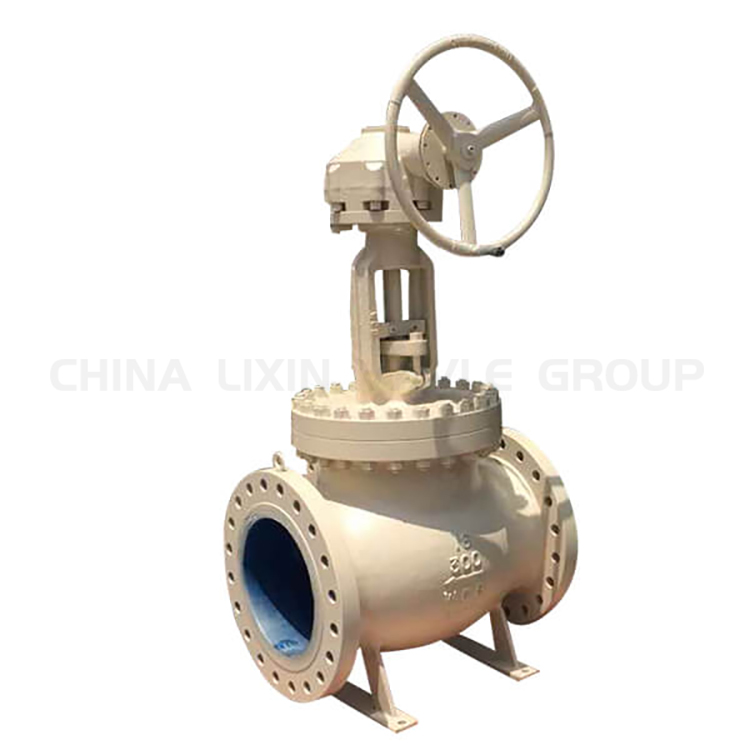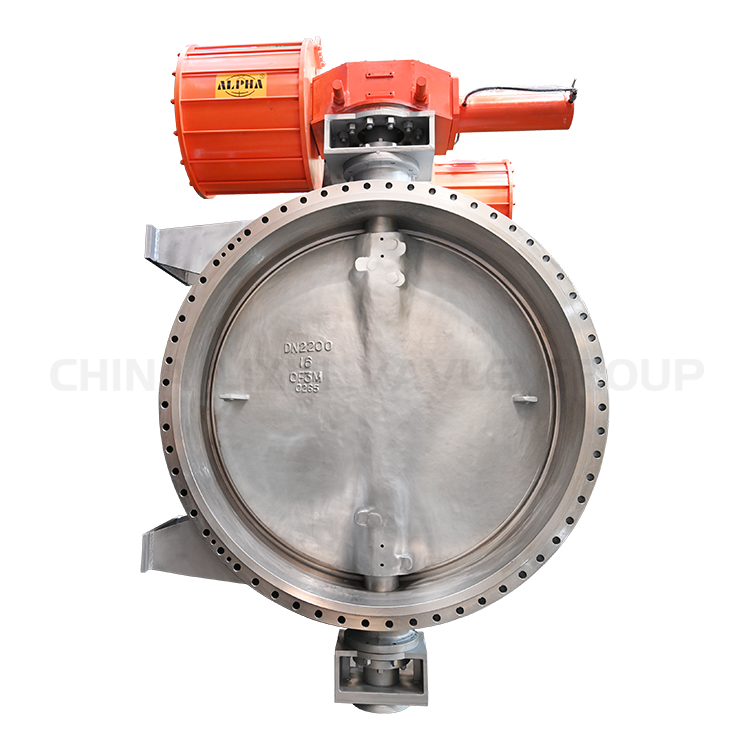How To Tell If A Valve Is Open Or Closed?
Identifying whether a valve is open or closed can be a perplexing task for both homeowners and professionals. While butterfly and ball valves offer clear visual cues through the orientation of their handles, gate valves and check valves lack such obvious indicators, making it difficult to discern their status. Often, one must rely on the degree of resistance encountered when attempting to turn the valve to determine if it is truly closed. In the following sections, we will delve into five common valve types and explore the specifics of how to determine their open or closed positions.

Understanding Valve Types and Visual Indicators
Gate Valves
Gate valves are easily recognizable by their wheel-like handle, known as a handwheel. Turning the handwheel raises or lowers a gate within the valve, thus stopping or allowing flow. Gate Valve Manufacturers.
Here’s how to tell if a gate valve is open or closed:
Handwheel Direction: Typically, turning the handwheel counterclockwise for several rotations opens the valve. Conversely, clockwise rotation until it stops usually indicates a closed valve.
Rising Stem Design: Some gate valves feature a rising stem design, where the stem rises as the valve opens, providing a visual cue for the valve’s status.
Globe Valves
Globe valves are characterized by their globular body shape and a handwheel that operates a disc or plug within, regulating the flow. Globe Valve Manufacturer.
Determining the open/closed status of a globe valve is similar to gate valves:
Handwheel Rotation: As with gate valves, turning the handwheel counterclockwise typically opens the valve, while clockwise rotation closes it. However, the number of turns required can vary depending on the specific valve design.
Position Indicator: Some globe valves incorporate a position indicator on the stem, providing a visual representation of the degree of opening.
Ball Valves
Ball valves are distinguished by their lever-style handle that operates a ball with a hole through it, allowing or blocking flow based on the ball’s orientation. Three Way Ball Valve
The lever handle’s position provides a clear indication of the valve’s status:
Handle Parallel to Pipe: When the handle is parallel to the pipe, it signifies that the valve is open, allowing flow.
Handle Perpendicular to Pipe: Conversely, a perpendicular position of the handle indicates that the valve is closed, preventing flow.
Butterfly Valves
Butterfly valves are easily identifiable by their disc-shaped element that rotates within the pipe to control flow. High Performance Butterfly Valves
Similar to ball valves, the handle orientation provides a straightforward way to determine the valve’s status:
Handle Parallel to Pipe: A handle positioned parallel to the pipe indicates that the valve is open, allowing for flow.
Handle Perpendicular to Pipe: When the handle is perpendicular to the pipe, it signifies a closed valve, blocking the flow.
Geared Handwheel with Pointer: Some butterfly valves may feature a geared handwheel with a pointer that indicates the degree of opening.
Check Valves
Check valves are characterized by their spring-loaded internal mechanism that permits flow in one direction only, preventing any backflow. Wafer Check Valve
Unlike other valve types, check valves do not have a manual operating handle. Their open/closed status is entirely dependent on the direction and pressure of the flow.
Additional Methods to Determine Valve Status
Flow Indicators: Installed near the valve, flow indicators provide visual confirmation of media movement through the pipeline.
Position Sensors: Electronic sensors attached to the valve stem or handle can relay open/closed status to a control system or display unit.
System Schematics and Tags: Piping and instrumentation diagrams (P&IDs) typically depict valve locations and types, helping to identify specific valves and their intended functions. Proper labeling on the valves themselves can also indicate their purpose and normal operating state.
Operating Procedures and Manuals: Documentation for the system or equipment may provide specific instructions on operating and identifying valve positions.
Safety Precautions
Always verify valve status using multiple methods before performing any maintenance or operation that relies on the valve being open or closed.
Never force a valve to operate. If a valve is stuck or difficult to turn, seek assistance from qualified personnel.
Be aware of potential hazards associated with the media flowing through the valve, such as high pressure, temperature, or toxicity.









